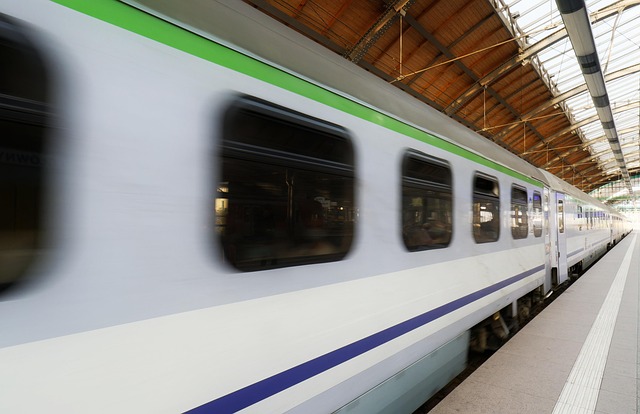Optimizing urban shuttle networks for peak and off-peak demand
Urban shuttle networks must adapt to widely varying passenger volumes across the day. This article outlines practical strategies for balancing peak and off-peak demand, focusing on itinerary planning, fleet flexibility, and operational measures that improve reliability, accessibility, and sustainability for riders and operators.

Optimizing urban shuttle networks for peak and off-peak demand
Urban shuttle networks face distinct challenges when demand spikes during commute hours and falls during off-peak periods. Operators need robust scheduling, dynamic routing, and real-time tracking to match capacity with demand while preserving affordability and safety. Effective shuttle systems consider multimodal connections, lastmile coverage, ticketing options, and accessibility so that passengers experience consistent, predictable mobility whether traveling during a rush hour or a late-night layover.
How does itinerary planning affect shuttle scheduling?
Carefully designed itineraries reduce idle time and improve on-time performance. By analyzing trip patterns and passenger flows, schedulers can assign vehicles to peak corridors while consolidating off-peak services into demand-responsive runs. Integrating layover buffers into timetables prevents cascading delays and supports predictable boarding sequences. Advanced itinerary planning balances fixed-route consistency with flexible scheduling windows, helping logistics teams align driver shifts, vehicle rotation, and baggage handling for smoother operations.
What multimodal connections improve lastmile mobility?
Linking shuttles to trains, buses, bike-share, and microtransit enhances connectivity and reduces reliance on single-occupancy vehicles. Multimodal hubs should coordinate arrival and departure times, provide clear signage for transfers, and support integrated ticketing to minimize friction at boarding. For lastmile trips, smaller shuttles or on-demand vehicles can bridge gaps from major transit stops to workplaces or residential clusters, shortening overall itineraries and improving passenger experience during both peak and off-peak hours.
How can ticketing and boarding speed peak flows?
Ticketing systems that support contactless payments, mobile passes, or pre-booked slots reduce dwell time at stops and enable faster boarding. Queuing strategies, dedicated boarding doors, and staggered stop patterns can keep vehicles moving through congested corridors. Real-time information about load factors and expected wait times helps passengers choose alternative boarding points or off-peak travel when feasible. Clear fare rules and simple transfer policies also ease multimodal trips, reducing logistic frictions that otherwise lengthen itineraries.
What logistics support off-peak operations and layover needs?
Off-peak service benefits from flexible logistics: strategic layover locations, remote vehicle staging, and adjusted cleaning or maintenance windows. Operators can use layover periods to reposition vehicles for morning peaks or to consolidate resources in lower-demand hours. Baggage considerations at transit hubs—such as secure storage or brief handling services—should be planned so shuttles maintain punctual schedules without excessive loading delays. Efficient logistics planning ensures that shuttle fleets remain responsive and cost-effective across the service day.
How to maintain accessibility, safety, and tracking?
Accessibility features—low-floor boarding, audible announcements, and priority seating—must be consistent at all hours. Safety protocols, including CCTV, emergency communication, and well-lit stops, increase passenger confidence during off-peak travel. Real-time tracking and passenger-facing ETA displays support both safety and operational transparency, enabling rapid incident response and allowing operators to reroute or deploy additional vehicles when demand surges. Tracking data also feeds scheduling models to continually refine capacity planning.
What role does sustainability play in shuttle network design?
Sustainability intersects with scheduling choices: right-sizing vehicles for off-peak runs reduces fuel use and emissions, while electrified shuttles and optimized routing lower lifecycle impacts. Consolidating trips through multimodal coordination can decrease vehicle kilometers traveled and improve load factors. Sustainability measures also include lifecycle logistics—maintenance scheduling that reduces downtime, efficient ticketing that lowers paper use, and data-driven planning that minimizes empty miles while maintaining accessibility and safety.
In summary, optimizing shuttle networks for peak and off-peak demand relies on coordinated itinerary planning, multimodal connectivity, efficient ticketing and boarding, adaptive logistics for layovers, consistent accessibility and safety measures, and sustainability-focused operations. Combining real-time tracking with flexible scheduling tools allows operators to respond to demand variations while preserving reliable service and clear passenger experiences across the entire transit day.





